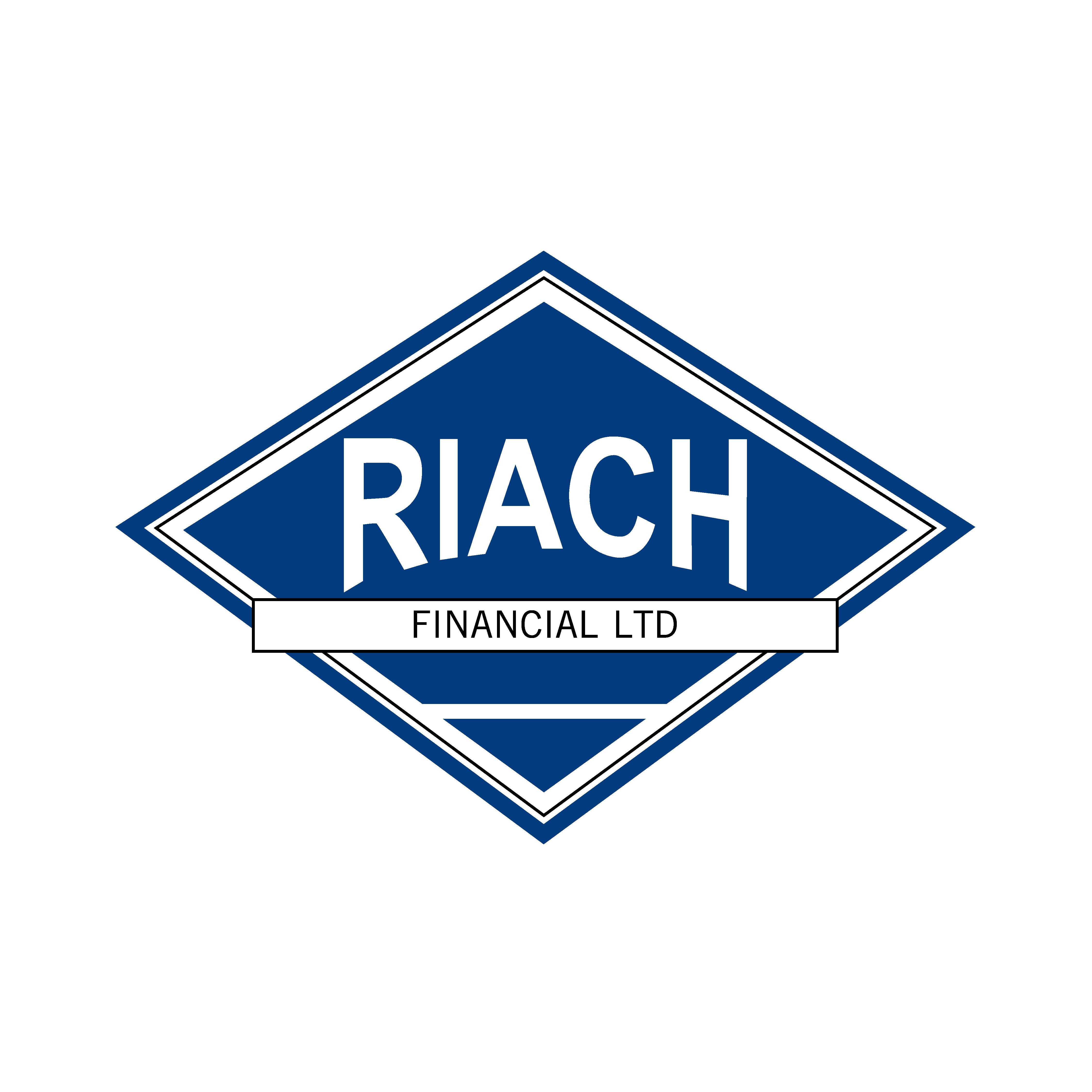A fixed-rate mortgage and a tracker mortgage differ primarily in how their interest rates are determined and how they affect your monthly payments:
Fixed-Rate Mortgage
Interest Rate: The interest rate is set for a specific period, usually between 2 to 10 years, but it can be longer.
Monthly Payments: Your monthly payments remain the same throughout the fixed period, providing stability and predictability.
Pros:
Certainty: You know exactly what your payments will be, making it easier to budget.
Protection: You’re protected from interest rate increases during the fixed period.
Cons:
Lack of Flexibility: If interest rates fall, your payments won’t decrease.
Early Repayment Charges: If you want to exit the deal early, you might face high penalties.
Tracker Mortgage
Interest Rate: The interest rate tracks an external rate, usually the Bank of England’s base rate, plus a set percentage.
Monthly Payments: Payments can fluctuate as the tracked rate changes.
Pros:
Potential Savings: If the base rate falls, your payments will decrease.
Transparency: The rate changes are tied to an external indicator, not the lender’s discretion.
Cons:
Uncertainty: Payments can increase if the base rate rises.
Budgeting Challenges: The variability can make it harder to predict future payments.
Choosing between the two depends on your financial situation, risk tolerance, and preference for stability versus potential savings.
If you value predictability and stability, a fixed-rate mortgage might be better. If you’re comfortable with some risk and want to potentially benefit from lower rates, a tracker mortgage.

